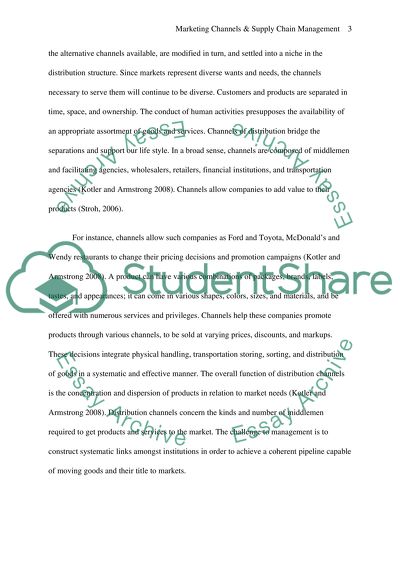Cite this document
(“Marketing channels & supply chain Management MBA (Masters Level) Essay”, n.d.)
Retrieved from https://studentshare.org/miscellaneous/1524115-marketing-channels-supply-chain-management-mba-masters-level
Retrieved from https://studentshare.org/miscellaneous/1524115-marketing-channels-supply-chain-management-mba-masters-level
(Marketing Channels & Supply Chain Management MBA (Masters Level) Essay)
https://studentshare.org/miscellaneous/1524115-marketing-channels-supply-chain-management-mba-masters-level.
https://studentshare.org/miscellaneous/1524115-marketing-channels-supply-chain-management-mba-masters-level.
“Marketing Channels & Supply Chain Management MBA (Masters Level) Essay”, n.d. https://studentshare.org/miscellaneous/1524115-marketing-channels-supply-chain-management-mba-masters-level.


